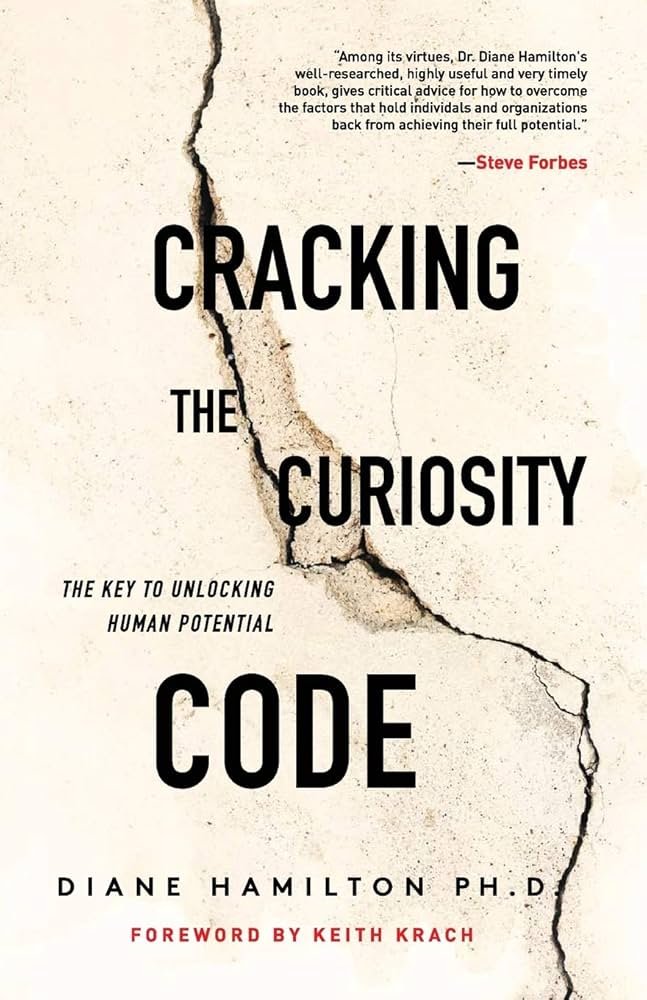Albert Einstein is often famously quoted as saying, “I am neither especially clever nor especially gifted. I am only very, very curious.”
Following in Einstein’s footsteps, can we too learn to cultivate curiosity? It is this, and many other crucial questions, that Diane Hamilton dives into social science research to find the answers. It is fascinating that so many people have spent time and resources studying this topic. But the outcomes of that research are even more fascinating! This book looks into the research behind the following (and other) key questions, and in each case comes up with a resounding YES.
1. Are curious people more successful? Yes!
2. Can curiosity increase our intelligence? Yes!
3. Are curiosity and creativity related? Yes!
4. Does curiosity translate into motivation and success? Yes!
5. Does curiosity help decision making? Yes!
6. Is there a correlation between curiosity and successful leaders? Yes!
7. Is there a link between employee engagement and curiosity? Yes!
8. Does curiosity influence academic performance? Yes!
The results are clear, successful leaders, in fact successful people are more curious!
And if curiosity is linked to employee innovation and engagement, it is worth considering, does your work culture reward curious and crazy questions? Are innovative questions encouraged and received well? Is it safe for your people to voice their curiosity? If curiosity is contagious, how do you model this to your team? Albert Einstein is also famously quoted for saying, “Curiosity is more important than intelligence.” A Harvard Business Review article also confirms this. What would it look like if your team had the superpower of curiosity?
According to the author we can all learn to cultivate curiosity, and in fact according to research, we are born curious. So, what holds us back? Hamilton suggests four key factors that hinder curiosity:-
- Fear – fear of change, of the unknown or the uncomfortable.
· Assumptions – the more we assume we know, the less curious we are.
· Technology – we accept answers without being curious about how they came about.
· Environment – our school, work, family or social environment can stifle our curiosity.
Despite factors that hold us back, we can all learn to cultivate curiosity. The book concludes with the question, “How do we cultivate curiosity?” It is a choice, according to Diane Hamilton. We can choose to employ our curiosity or not. She says, “Whether we’re mildly curious, passionately curious, emotionally curious, or fearful of curiosity is ultimately a matter of choice.”
So, upon reflection, on a scale of 1 (low) to 10 (high), how would you rate the curiosity level you are choosing to operate at? My aim is to see my curiosity quotient move up at least a couple of notches on the scale. I want curious and wise questions to be part of who I am.







